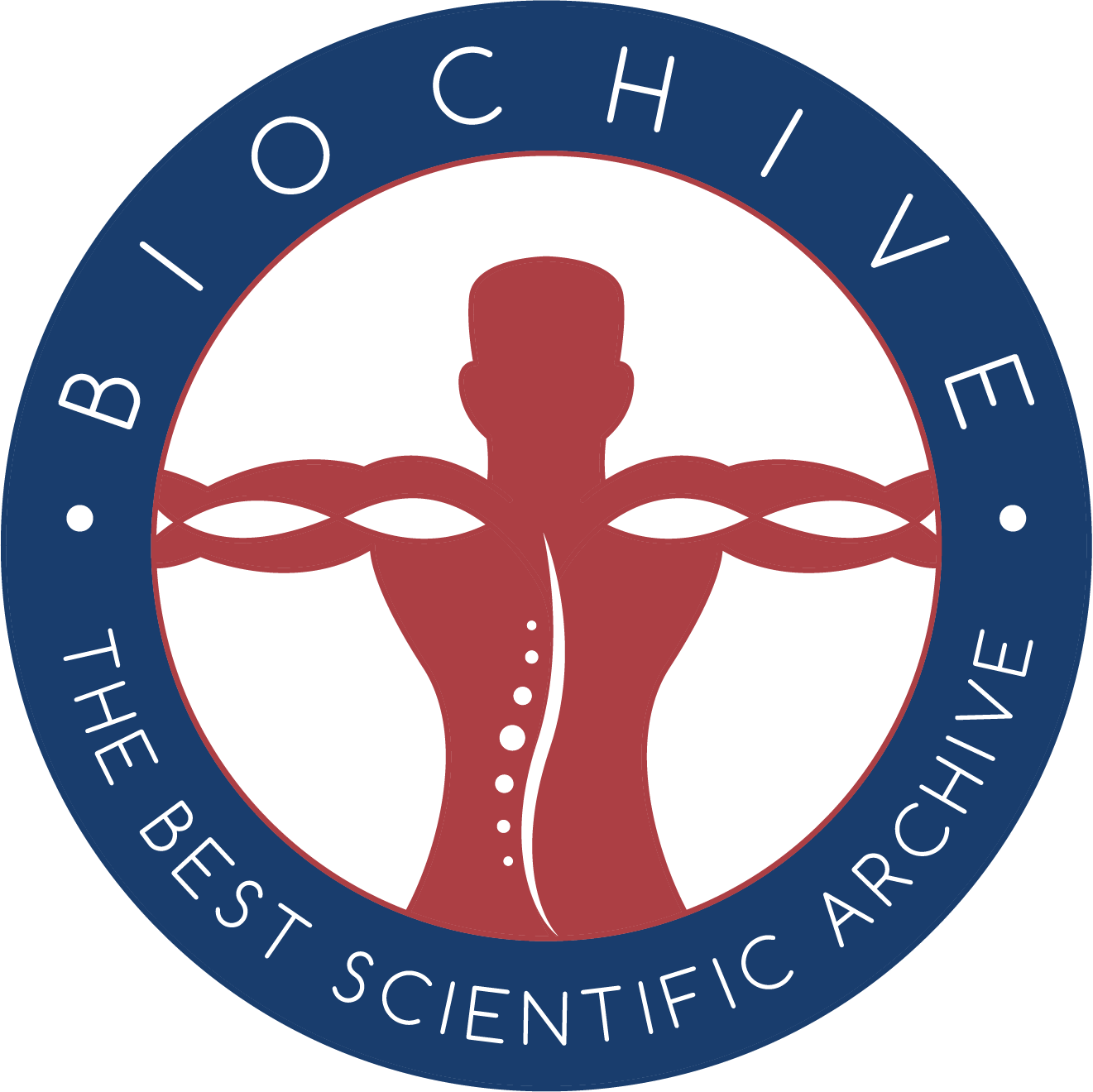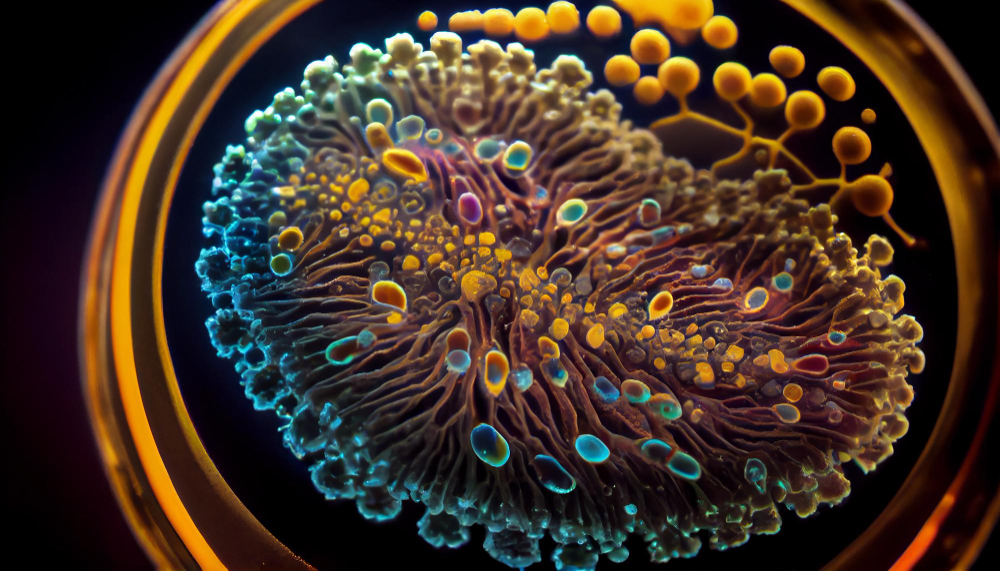Tiny organelles in our cells, known as mitochondria, produce more than ninety percent of all energy in our bodies. Due to their ability to create a large amount of energy, mitochondria are often called the cell’s powerhouse. Chloroplasts, although only found in plants, create glucose for energy in plant cells.
Mitochondria and chloroplasts are organelles located in organism cells. There is a common misconception about mitochondria being only found in animal cells and chloroplasts only being found in plant cells. This misconception is partially wrong, as mitochondria are found in plant and animal cells, while plant cells contain chloroplasts. The mitochondria take in glucose and oxygen and produce carbon dioxide, water, and ATP for our body. ATP is an acronym for Adenosine Triphosphate and is used as an energy currency to fuel processes throughout our body. The process that turns glucose into energy is known as cellular respiration. The chloroplast initiates photosynthesis by taking in carbon dioxide, water, and light, producing glucose and oxygen. Since chloroplasts and mitochondria are both present in plants, they fuel each other because the products of one another are the reactants of each other. However, since some energy gets lost as heat, the plant must take in carbon dioxide and water from outside sources to fuel photosynthesis. Photosynthesis occurs in two steps, and cellular respiration takes place in three.
The chemical formula for cellular respiration is . is glucose, oxygen, carbon dioxide, and water. Glycolysis, the citric acid cycle, and oxidative phosphorylation are the three steps in cellular respiration. Glycolysis occurs in the cytoplasm of cells, the citric acid cycle occurs in the mitochondrial matrix, and oxidative phosphorylation occurs in the inner mitochondrial membrane. Glycolysis has its own ten mini-steps, each performed by a different enzyme. Glycolysis starts the breakdown of glucose and turns it into two pyruvate molecules to be broken down further in the following steps. Glycolysis creates ATP and NADH. NADH are electron carriers used later in cellular respiration to produce energy. Then, an intermediate step occurs, which turns the pyruvate into a molecule known as acetyl-CoA. The intermediate step is not considered a complete step and is more of a step “1.5.” It generates more NADH and also carbon dioxide. After that, the acetyl-CoA molecules enter the citric acid cycle, completing the breakdown of glucose. This step synthesizes NADH, FADH2, carbon dioxide, and ATP. Each molecule of glucose goes through the citric acid cycle twice. Our last step of cellular respiration is known as oxidative phosphorylation. This step consists of an electron transport chain and chemiosmosis. The electron transport chain shuttles the electrons and creates a proton gradient, while chemiosmosis uses that gradient and makes ATP using ATP synthase, an enzyme used to create ATP. The amount of ATP varies between sources, but according to the Campbell Biology Textbook, around 26-28 ATP is made in this step. Animals don’t do photosynthesis, so they don’t need chloroplasts, but in plant cells, the mitochondria are almost always close to the chloroplasts. They are close together because plant cells need glucose produced by the chloroplast to carry out cellular respiration and fuel the cells. Remember, photosynthesis, carried out by chloroplasts, and cellular respiration, carried out by mitochondria, fuel each other in plant cells.
Photosynthesis happens in two steps called light Reactions and the Calvin cycle. Light reactions occur in the thylakoid membranes, and the Calvin cycle occurs in the stroma. Light reactions are a similar process to oxidative phosphorylation. They create NADPH and a small amount of ATP using a proton concentration gradient and ATP synthase. The Calvin cycle is the primary step that makes the glucose. It takes the carbon dioxide, ATP, and energy from the electrons carried by the NADPH to carry out this process. Electrons get oxidized into NADP+ when removed from NADPH. Oxidation is the action of removing an electron, while reduction is the action of adding an electron. The chemical formula for photosynthesis is . Redox reactions, also known as reduction-oxidation reactions, happen during photosynthesis and cellular respiration, allowing the shuffling of electrons to gather their energy and help make products.
Here are some definitions for the terms we used in this article to help you understand more information. Gradient means measuring how much something changes as you move from one place to another. In the cases of cellular respiration and photosynthesis, there is a gradient of hydrogen ions across the cell membranes, which means that there are more hydrogen ions on one side than the other. The gradient causes the hydrogen ions to try to cross the membrane and go to the other side because of something known as diffusion. Diffusion causes the ions to go from a high concentration, where we have a high number of ions, to a low concentration, where we have a low number of hydrogen ions. Since the cell membrane comprises phospholipids, only small, hydrophobic, and nonpolar molecules can pass through. Ions cannot pass through because of their ionic charge. Therefore, they must pass through the ATP synthase enzyme to achieve a low concentration. When they pass through the ATP synthase, they release energy, and the ATP synthase uses that energy to bind ADP (adenosine diphosphate) and an inorganic phosphate molecule to make ATP. Redox reactions involve the exchange of electrons in subatomic particles with a negative charge in atoms. Redox stands for reduction-oxidation reactions. Reduction reactions are when an electron is added to a substance, while oxidation is when an electron is lost. Electron carriers such as NADH, NADPH, and FADH2 help carry out redox reactions. For example, cellular respiration oxidizes glucose to carbon dioxide and reduces oxygen to water.
Model of Mitochondria.


Model of Chloroplast.

To conclude, the chloroplast and mitochondria carry out photosynthesis and cellular respiration in organisms. Cellular respiration has three main steps, while photosynthesis has two. These two processes are crucial for all organisms on Earth to survive. Without them, organisms could not produce energy or essential nutrients to survive.
Sources of Information: National InstituSources: Children’s Hospital of Philadelphia, Campbell Biology textbook, MIT



